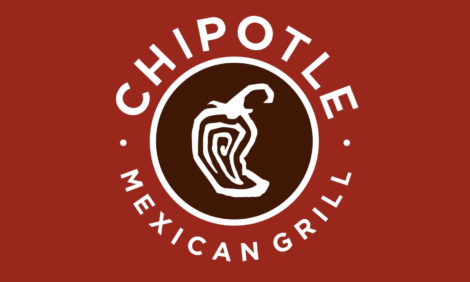



Chinese Government Purchases Pork
CHINA - In order to support pork prices locally, the Chinese government is purchasing pork, according to Joshua Emmanuel Lagos and Zhang Jianping in a GAIN Report from the USDA Foreign Agricultural Service.Report highlights
CCTV has reported local governments are now purchasing pork for state reserves in an attempt to reverse a steady decline in Chinese pork prices since the Chinese New Year holiday. Under the Hog Price Alert programme launched in 2009, the central government typically begins purchasing pork for reserves when the hog to grain price ratio falls below 6:0 for four weeks. While no official announcement of the purchases has been made, industry officials believe they are at the direction of central authorities under the nationwide price alert programme. Pork prices are expected to pick up this summer fueled by lower sow numbers and declining piglet inventories.
Unofficial pork purchases for state reserves
On 16 April, CCTV announced that because of low pork prices, a few local governments, such as Shanghai and some northeast provinces, have begun purchasing pork for government reserves in order to bolster prices and improve farmer returns. This purchasing programme is not an initiative to buy product for food security purposes. However, the central government has not yet officially acknowledged that purchases should begin, and local authorities are not supposed to buy pork products until such a directive has been made.
It is unclear why the central government remains silent. Under the Hog Price Alert programme launched in 2009, the central government typically begins purchasing pork for reserves when the hog to grain price ratio falls below 6:0 for four weeks (see GAIN report: China Plans to Purchase Pork for State Reserves) for additional information on the Hog Price Alert programme). This ratio fell below 6 in late February and has remained there ever since. While no official announcement of the purchases has been made, industry officials believe they are at the direction of central authorities under the nationwide price alert programme. Pork prices are expected to pick up this summer fueled by lower sow numbers and declining piglet inventories.
Declining hog and pork prices
Live hog and pork price have incrementally dropped. According to Ministry of Agricultural (MOA) data, since January 2010 live hog, piglet, and pork prices fell 19.7, 13.1, and 12.5 per cent (cumulatively). During the same period last year, although prices decreased at a relatively slower rate of 12.6, 21.6, and 9.8 per cent, the Chinese government officially announced its purchasing programme before prices slid to these levels.
A couple of factors may have lead to these decreases. Although hog slaughtering generally increases before the Chinese New Year in order to ensure that sufficient pork supplies meet high Chinese demand (pork is bought in large quantities to celebrate the New Year), in 2010 more hogs were slaughtered than usual because of foot and mouth disease outbreaks in South China and Beijing. Moreover, within the last three months, domestic corn prices (the primary feed component for hogs) have increased an additional RMB200 to 300 ($29.28-43.92) per ton, which may have influenced additional slaughtering to save costs.
Continued government subsidies to support the pork industry
The central government continues to support local industry by providing an array of subsidies for pork production. Recent monies includes RMB2.5 billion (US$366 million) to invest in large-sized swine farm construction, RMB650 million (US$95.19 million) to subsidise high-quality breeding swine, and a nation-wide total subsidy of RMB2.1 billion (US$307.46 million) to large producing counties (which sell hogs to other provinces), although it is unclear how this particular subsidy will be divided between counties.
The current sow subsidy only supports high-quality sow production (in the past there was no designation). The government will also continue providing subsidies for sow insurance, with farmers paying only RMB12 (US$1.76), or 20 per cent of the total insurance cost.






